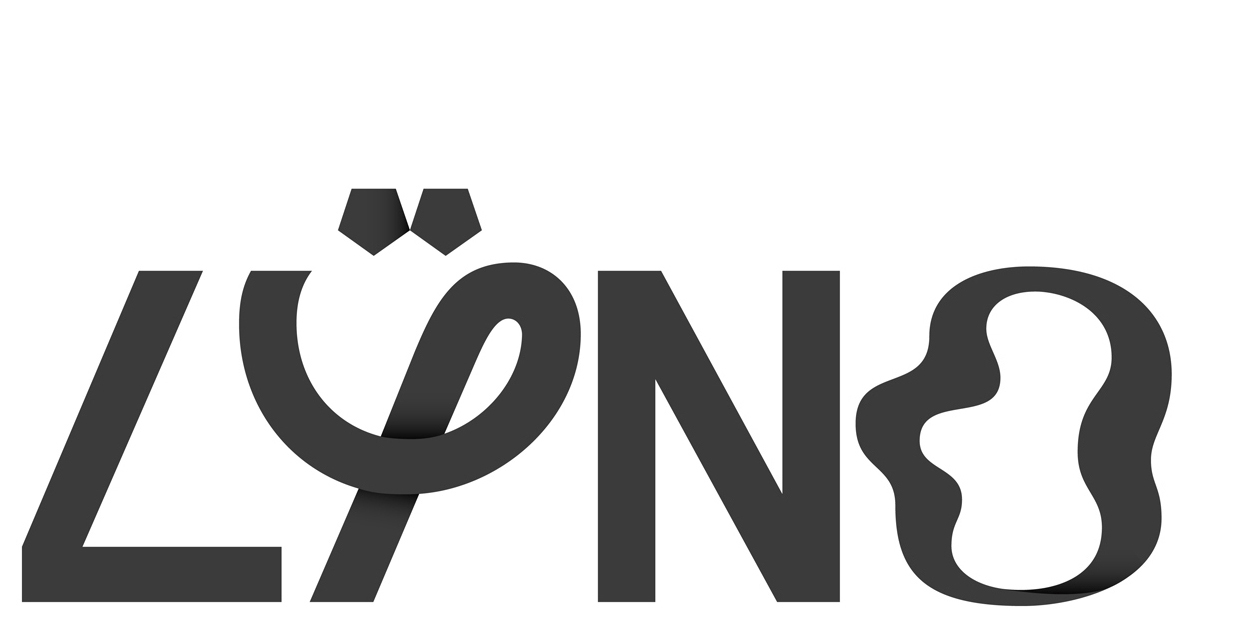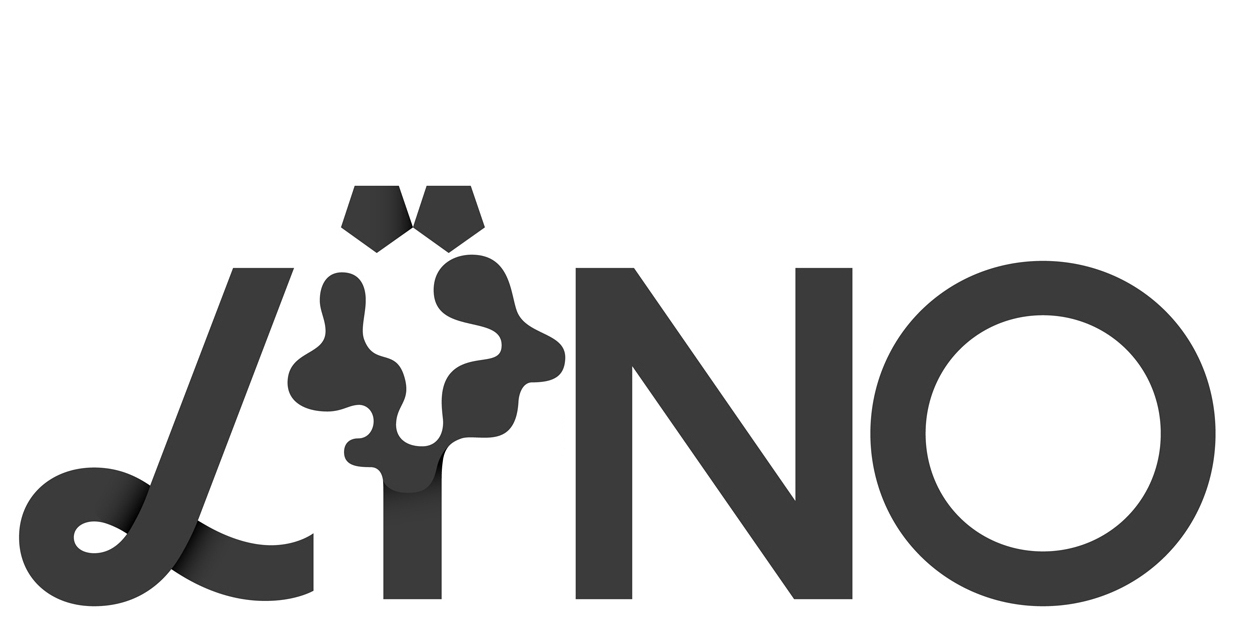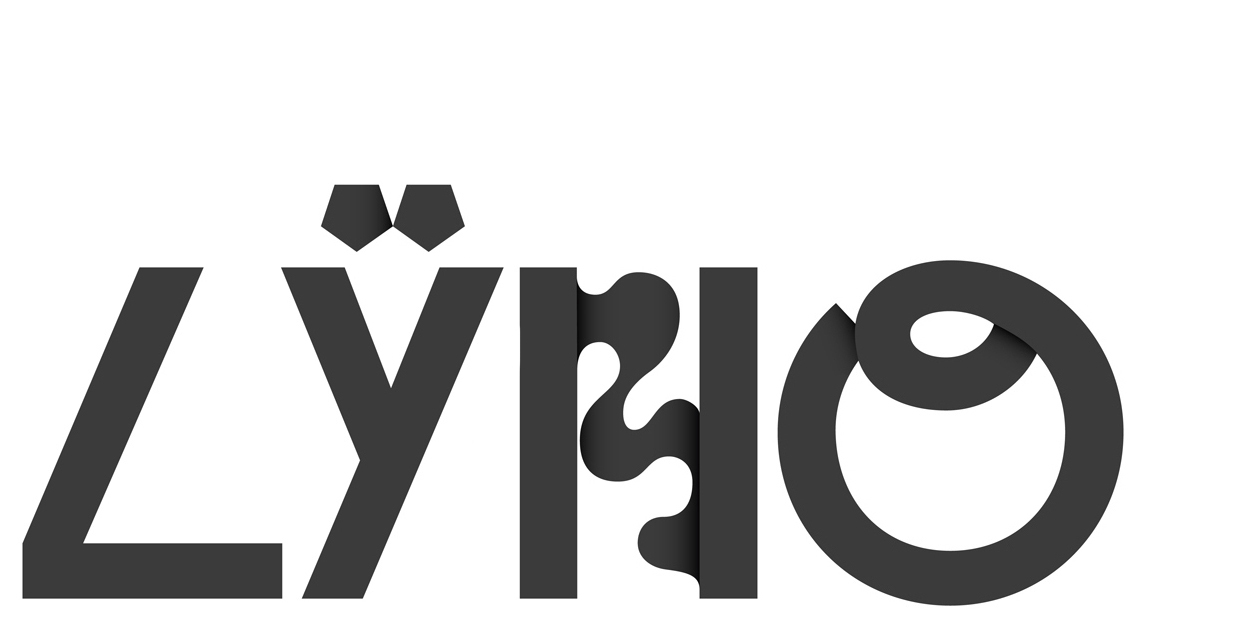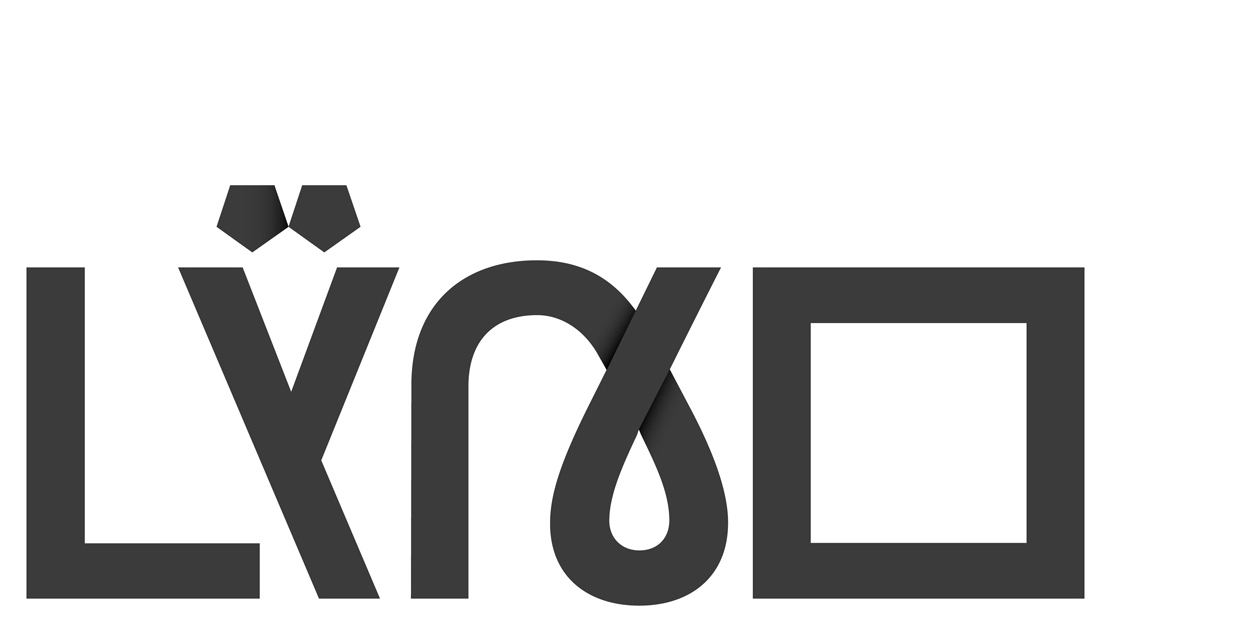



07/07/2025
Beyond Bézier – Explorations of drawing methods in type design
11/04/2025
14/01/2025
21/11/2023
23/02/2023
05/08/2022
08/06/2022
01/11/2021
05/07/2021
20/01/2021
15/08/2020
12/05/2020
01/07/2019
04/05/2019
22/11/2018
17/01/2018
10/10/2017
25/11/2016
02/09/2016
16/07/2016
24/01/2016
05/12/2015
03/09/2015
05/01/2015
23/11/2014
26/10/2014
22/10/2014
28/08/2014
10/08/2014
17/06/2014
09/03/2014
26/01/2014
16/09/2013
04/08/2013
08/05/2013
15/04/2013
09/11/2012
06/06/2012
Lÿno Ulys, Stan, Jean and Walt Released
The characters of Ulys(ses 31), Stan(ley Kubrick), Jean (Arp) and Walt (Disney) negotiate the digital freedoms of their production through playful typologies of form. They are open and various, and their spirit is this: to resist normative tendencies and to reject the idea of definitive form.
Lÿno was designed by Karl Nawrot and Radim Peško between 2009 and 2012.
Present generations of type designers have greater technical freedoms, but also unexpected burdens. Useful restrictions are harder to perceive, paradigms increasingly more difficult to transgress: the archive of our forebears looms all around us. This situation suggests important questions. How might we structure methodologies in the relative absence of formal or programmatic limitations? How do we position our practices in relation to the archive? What should we value as a community of designers and readers?
Digital production permits us to exploit the mutable and the itinerant. These are the characteristics of a maturing digital language. We can build unstable alphabets. In doing so we must be alert and responsive: not merely to the mechanics of production, but to the contexts in which letterforms are to be applied and the meanings that they are to be read in support of. It is the cognitive machine of the human eye and brain that we must engage with our designed messages, not the transient technologies through which graphic language will continue to be manifested.
Ulys(ses 31), Stan(ley Kubrick), Jean (Arp) and Walt (Disney) are still the children of matrices, but their supports are now multiplied into near invisibility. These characters negotiate the digital freedoms of their production through playful typologies of form. They are open and various, and their spirit is this: to resist normative tendencies and to reject the idea of definitive form.
James Langdon, 2011*
Lÿno © 2009–2012, Karl Nawrot and Radim Pesko. All Rights Reserved.
*Excerpt from ‘Newer Alphabets’, a supplement to GRAPHIC #16 Typefaces Issue published by Propaganda, Korea.
Special thanks to James Langdon.
12/03/2012
07/10/2011
01/07/2011
26/04/2011
07/04/2011
14/03/2011
07/02/2011
08/01/2011
15/12/2010
15/10/2010
03/10/2010
16/07/2010
18/05/2010
02/05/2010
24/04/2010
04/04/2010
30/01/2010
05/01/2010